Last updated on September 8th, 2024 at 01:46 pm
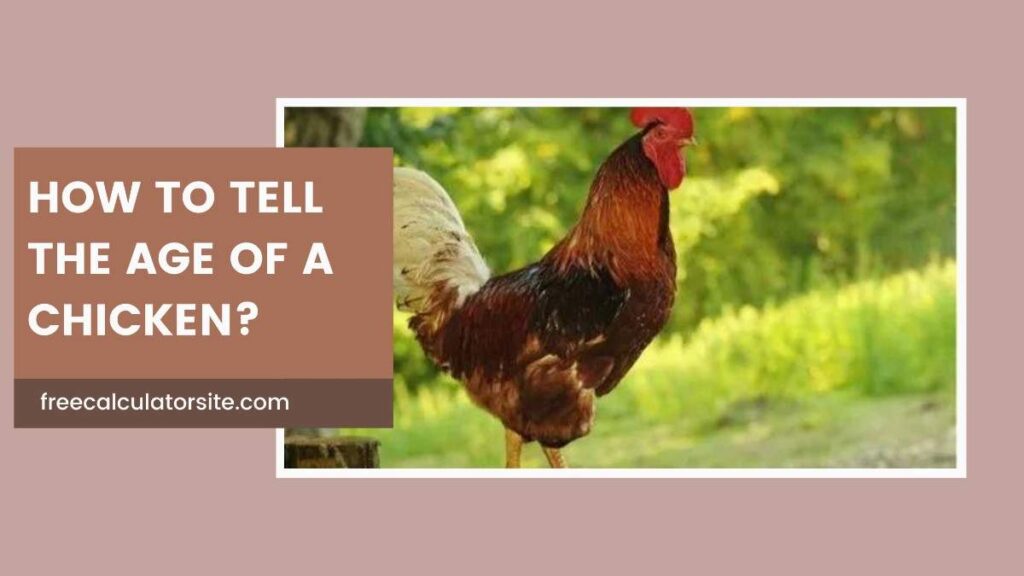
Determining the age of a chicken can be a tricky endeavor, especially if you acquire adult birds from someone else without knowing their history.
Unlike some animals, where age can be easily estimated by physical characteristics or size, chickens do not provide such clear-cut clues.
However, by observing certain aspects of their physical appearance, behavior, and egg-laying patterns, you can make a fairly educated guess.
This article explores various methods that can help you estimate the age of a chicken, helping you better understand your flock and manage them accordingly.
1. Egg-Laying Frequency and Egg Size
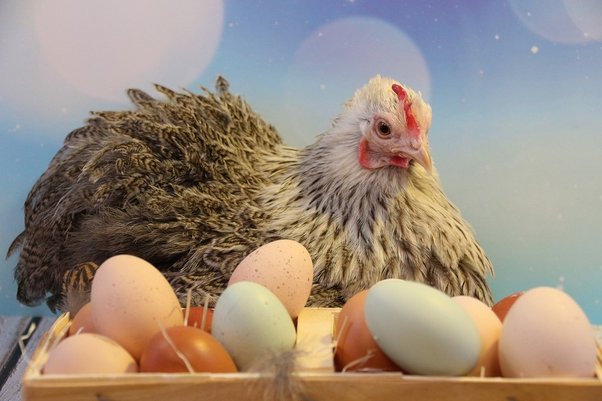
One of the most telling indicators of a hen’s age is her egg-laying pattern.
Chickens typically have the highest egg production during their first two years of life.
If you notice that a hen lays around 5-6 eggs per week, she is likely in her prime, between 1-2 years old. As chickens age, their egg production naturally declines.
If a hen is laying only one egg a week, this could be a sign that she is several years old.
In addition to the frequency of egg-laying, the size of the eggs can also offer some clues about a hen’s age.
Young hens, especially those in their first laying year, tend to produce smaller eggs.
As they mature, the eggs gradually increase in size. However, this is relative to the breed of the chicken, as different breeds lay eggs of varying sizes.
2. Vent Condition
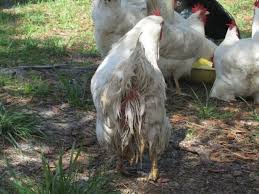
The condition of a hen’s vent, which is the area where she lays her eggs, is another useful indicator of age.
In younger hens, the vent tends to be moist and pink, which indicates a healthy, active reproductive system.
As the chicken ages, the vent may become pale and dry, reflecting a decrease in reproductive activity.
This change is gradual and can be subtle, so it requires a careful examination to notice the differences.
3. Shank Appearance
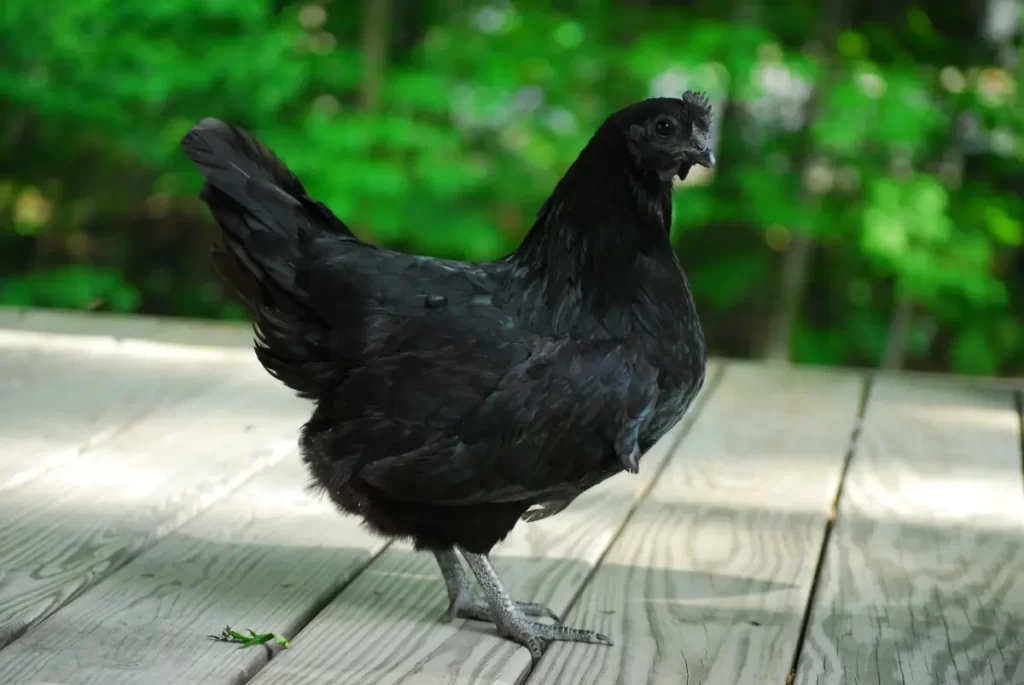
The shanks, or lower legs, of a chicken can also provide insight into its age.
Younger chickens have smooth, shiny shanks, while older chickens develop rougher, thicker shanks with a duller appearance.
Over time, the scales on the shanks may become more pronounced, and older birds often have a rough texture on their legs.
This change in the shanks occurs slowly, making it a helpful but not definitive method for aging chickens.
4. Molting Patterns

Molting, the process where chickens shed and regrow their feathers, can be a strong indicator of age, especially in the first year of life.
Chickens under one year of age generally do not molt. If you have a chicken that is molting, it is likely over a year old.
Chickens will molt annually after their first year, usually starting around the same time each year, which can give you a general idea of their age if you observe them over multiple molting cycles.
5. Spur Length in Roosters
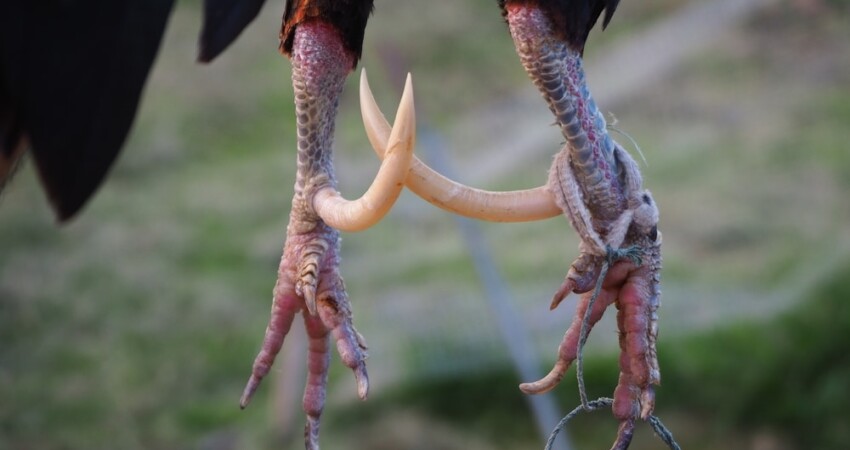
For those keeping roosters, the length of the spurs—sharp, bony projections on the back of their legs—can be a telling sign of age.
Roosters develop spurs as they mature, and these spurs continue to grow longer and thicker over time.
A young rooster may have small, barely noticeable spurs, while an older rooster will have long, pointed spurs. This method is particularly useful for aging roosters but does not apply to hens.
6. Behavioral Changes
Behavioral changes can also offer clues about a chicken’s age.
Younger chickens tend to be more active, curious, and social.
They are often seen exploring their environment, pecking at various objects, and interacting with other chickens.
As chickens age, they may become less active, preferring to rest more often.
Older hens may also become more solitary, spending less time with the flock and more time alone.
These changes in behavior are gradual, but they can be a useful complement to the physical signs of aging.
Also Read: How to Tell the Age of a Puppy
7. Feather Condition
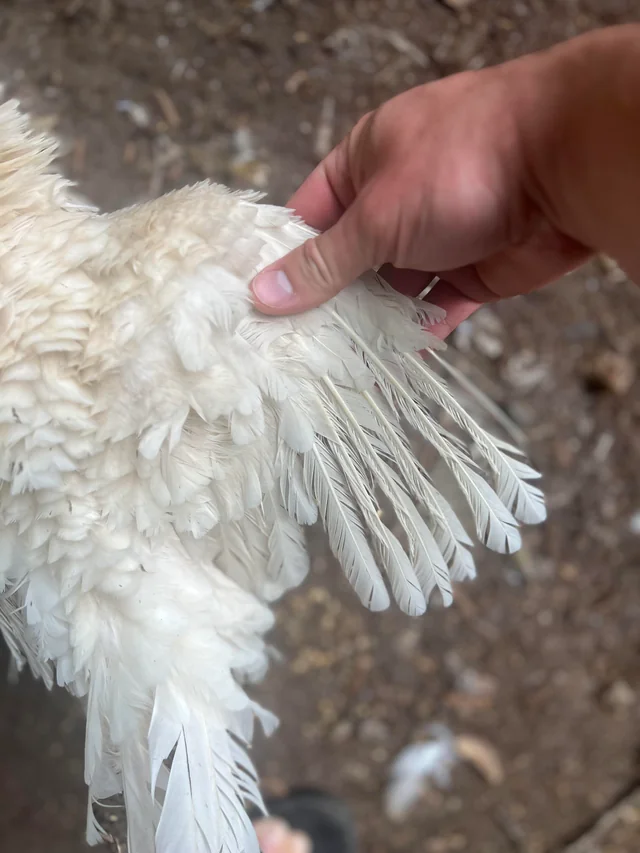
The condition of a chicken’s feathers can provide additional clues to its age.
Young chickens have vibrant, smooth feathers that are tightly arranged.
As chickens age, their feathers may become duller, with some fraying or wear, especially after several molting cycles.
While this method is not definitive—since feather condition can also be affected by the chicken’s health, diet, and environment—it can be another piece of the puzzle when trying to determine age.
8. Teeth of the Beak
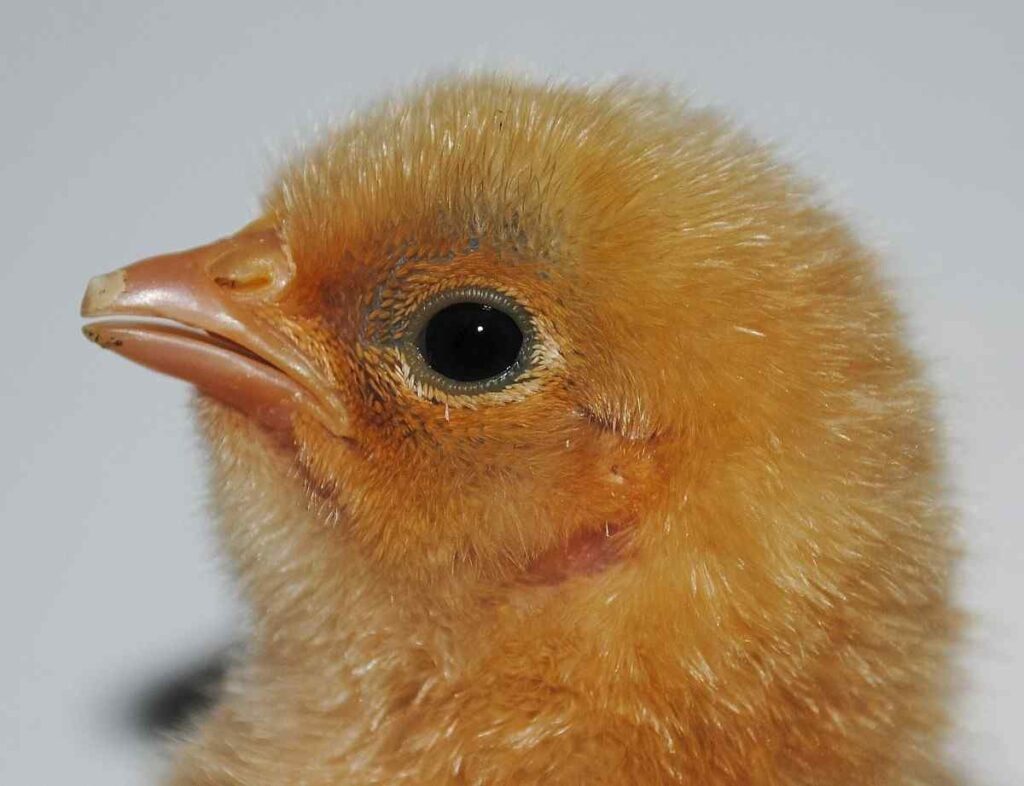
While chickens do not have teeth like mammals, the term “teeth of the beak” refers to the small serrations along the edge of the beak, which are more prominent in younger birds.
Over time, these serrations can wear down, becoming less noticeable.
Examining the beak closely can sometimes give you an idea of whether a chicken is in its early or later years.
Combining Clues for a More Accurate Estimate
While each of the above methods can provide some insight into a chicken’s age, no single method is foolproof.
The most accurate way to estimate a chicken’s age is to combine several of these clues.
For example, if you have a hen that is laying fewer eggs, has rough shanks, and is molting, she is likely several years old.
On the other hand, a hen that is laying frequently, has smooth shanks, and vibrant feathers is probably still in her early laying years.
It is also important to consider that environmental factors, diet, and overall health can influence these signs.
A chicken that has been well cared for might show fewer signs of aging than one that has had a rougher life, so always take the chicken’s background into account when making your assessment.
Conclusion
While determining the exact age of a chicken can be challenging, especially without a known history, there are several indicators that can help you make an educated guess.
By paying attention to egg production, physical characteristics like the condition of the vent and shanks, molting patterns, and spur length, you can estimate whether your chicken is young, in its prime, or entering its twilight years.
Combining these methods will give you the best chance of accurately estimating your chicken’s age, allowing you to better manage your flock and ensure they receive the care they need at each stage of life.

Akash Singh is a finance enthusiast who shares valuable insights on various calculators.
